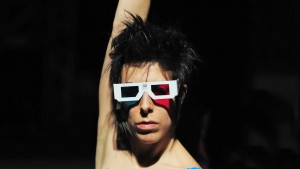#1.2.1 PUBLIC THEATRES

At the time of writing, the state support system for the Italian theatre was undergoing a crucial change. The FUS (Fondo Unico per lo Spettacolo), operated by the Ministry of Culture, is the national fund that feeds both stage arts and cinema. In February 2015, a new set of rules has been established to regulate the state support given to companies, ensembles, playhouses and festivals. Until this moment, Italy has not had a National Theatre system: the theatres were divided into Teatri Stabili (totally supported by public money through the local administrations), Teatri Privati a Partecipazione Pubblica (partly financed by the state, partly sponsored by private and Teatri Privati (private enterprises that made a living out of the box office). The new norm defines three different models of theatres: the National Theatres, the TRIC (Theatres with Relevant Cultural Interest) and Production Centres. Making use of two committees (one appointed to evaluate the quality of the artistic proposal, the other to monitor the observance of strict numerical parameters) for the period 2015-2017 the Ministry of Culture nominated seven National Theatres, located in as many regions, twelve TRIC and is currently still selecting a number of Production Centres. Depending on the features of such redefinitions, each venue—obviously not all the applications were successful—will be asked to organize different activities, focused partly on groups of resident artists, partly on the hosting of companies and productions from other cities, and partly on the launch of residencies programmes.
This news concerns the venues, and yet the new FUS order also disciplines the funding of the companies, whose application for public money is evaluated on the basis of very strictly defined quantitative parameters. These are tied to the number of documented working days of the members and of the runs registered for each performance within one year. Such rigid criteria might be responsible for the dictatorship (in terms of visibility) of the richer and better established enterprises whose numbers can overcome the artistic level.
At the end of the day, this still needs to be proven as meliorative.
Published on 11 May 2015

